Heading to the Farmers Market
A favorite springtime adventure of mine is to tune up the bikes and ride with my wife to the local farmers market. We’re lucky to live in a neighborhood that hosts Friday evening open air markets where local farmers come to sell their goods. It’s a wonderful mixture of vegetables, fruits, cheeses, artisan breads, and local meats. Rounding out the blocked street with booths lining the sidewalk are everything from homemade candles, crêpe stands, and hot roasted coffee to other temporary shops selling handmade goods.
The first thing I notice is the colors. The greens are dark and shiny. The red peppers are vibrant and alive. The yellow squash naturally draws your eye while the cut beets radiate a luxurious purple. Vegetables are packed tightly into cardboard cartons and stacked on pitched boards showcasing the labor of the local farmers. It’s as much a visual sensation as it is flavor packed.
Most of our trips to the farmers market involve picking up items we can build a recipe around. We’ll find fresh arugula and come up with a clever summer salad. If the lamb looks good, we’ll grill chops that evening. And who doesn’t love making peach cobbler out of locally procured peaches and handmade granola?
For example, last summer we were on a mission, and the prize was homemade BLT sandwiches.
The BLT is a classic sandwich made with bacon, lettuce, and tomato on toasted bread with mayonnaise. The smoky saltiness of the bacon is complemented by the crisp lettuce and sweet tomato. Add creamy mayo to toasted brioche bread and you have one of my all-time favorite sandwiches.
We found romaine lettuce, Roma tomatoes, fresh sliced smoked fat back, and brioche bread that was still warm from that morning’s oven (we settled on store-bought mayo but it was still a good haul). Riding home, we built our sandwiches and couldn’t help but notice how much better these sandwiches were. Not only were they delicious, we knew exactly where our food came from. We met the farmers and butchers. We learned their story, and somehow this added to the experience.
Eat Like a Local
Farm-to-table is a social eating movement that encourages people to eat both regionally and seasonally. Sometimes called “farm to fork,” it largely refers to food made from locally sourced ingredients, often natural or organic. The farm-to-table movement came as a reaction to the processed foods and use of preservatives in the 1950s. Consumers didn’t like not knowing where their food came from. They didn’t know their greengrocer. Butchers were replaced by cooler bins filled with plastic-wrapped meats. The human connection to eating was reduced to running to a supermarket and grabbing boxes of processed grains, eating vegetables grown with pesticides, and buying meats that were raised on hormones.
While grocery shopping became easier and was filled with countless options, consumers were being pushed further away from the farmers as goods were being shipped from around the world. In response to this global trend, people reexamined both their relationship with food and the community in which they purchased it.
Fresh Food Tastes Better
Local food is often more nutritious. Because it’s not shipped long distances, locally grown foods can be healthier and tastier. A study from the Leopold Center for Sustainable Agriculture looked at 16 popular fruits and vegetables and discovered on average all of these foods traveled close to 1,500 miles before being sold. Unripe fruits and vegetables are much more resilient that ripe ones. To keep food from going bad during transit, fruits and veggies are picked before they are completely ripened and able to absorb the maximum amount of nutrients. This is why you’ll see green bananas at the store and you have to wait to eat them.
The longer vegetables can remain on the vine or tree, the longer they have to convert sun and minerals into the ground into the produce. And that extra time produces more nutrients that taste better. That’s why a bright red tomato off the vine tastes better than the greenish one from the store.
By buying closer to home, you’re eliminating the steps between you and your food. This helps eliminate exposure to pollutants and contamination. Food grown in distant locations has the potential for food safety issues at harvesting, washing, shipping, and distribution.
Local Means Less Gas
Farm-to-table might not save you from eating too many local beans, but it definitely means less trips to the gas station. Considering that the average distance for produce to travel is 1,500 miles, it costs a lot of money to ship food. The average 18-wheeler semi-truck travels about 5 miles per gallon of gas. That means it’ll take 500 gallons of diesel fuel to cover the distance. While energy standards are getting better for large trucks, that’s still a lot of gas to move your vegetables.
Shopping locally won’t save the world, but it will help cut back on carbon emissions.
It’s Good for the Neighborhood
Shopping farmers markets and local merchants is good for the economy. The money that is spent on local farmers and growers all stays close to home and is reinvested with businesses and services in your community. Cutting out the middleman means that local producers don’t have to pay shipping charges. Taxes collected in the community stay in the community.Buying locally can improve the economic vitality of small farms and encourage others to start their own businesses. Buying locally can improve the economic vitality of small farms and encourage others to start their own businesses.
Look at the Choices
It would be wonderful if strawberries grew year-round. Unless you live around the equator, you’re like the rest of us that wait until mid-summer to get our hands on local grown strawberries. But this isn’t a bad thing. Even areas with shorter growing seasons have interesting and exciting things to eat. This is why getting to know your local growers and producers can be exciting. Listen to them. See what they have to offer. And try the fruits and vegetables that are in season.
You wouldn’t go to Italy for the Kung Pao chicken, so why would you try to get produce out of season at the market? While this isn’t 100 percent practical for feeding your family, especially if you live in a large city or are under budgetary restrictions, a large component of farm-to-table is being conscious of your food choices.
Buy What You Need
An astonishing amount of food is wasted every year in the United States. According to the United States Department of Agriculture, an estimated 30–40 percent of all food supplies are thrown away each year.
This number corresponds to approximately 133 billion pounds, or $161 billion worth of food.
Food waste is the single largest component going into municipal landfills.
Show Us Your Basket
Because farmers markets will be getting started soon, we’d love to see what local delights are available to you. Take pictures and share them on Instagram with #LiveUSANA. Also, share any recipes on Facebook.
We’re proud to bring you the freshest content on the web! Follow USANA on Twitter, like our USANA Facebook page and our USANA Instagram page and enjoy the latest videos on the official USANA YouTube channel.

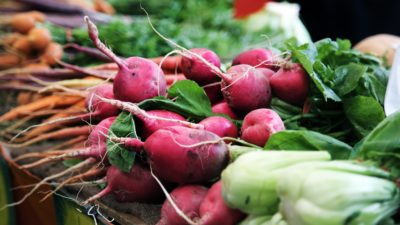
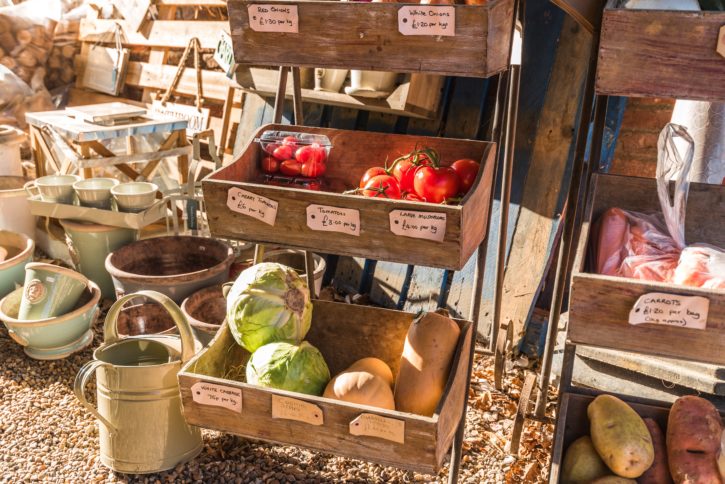
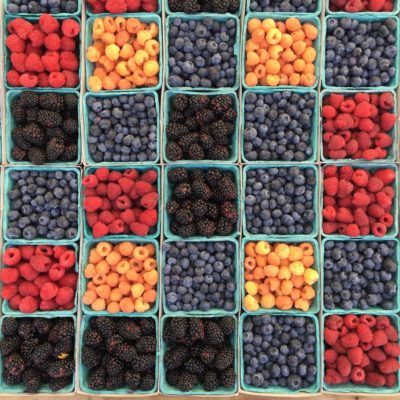
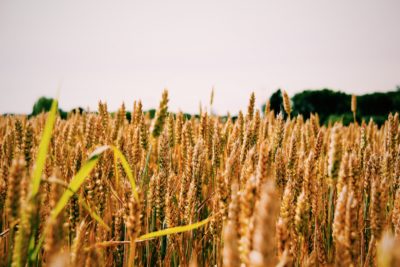
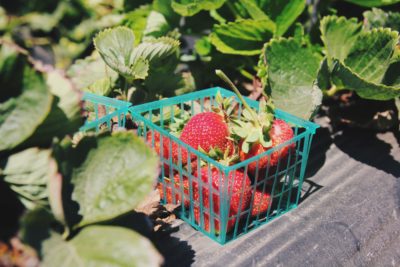
Love fresh and tasteful produce!!!
The fresher the better. Wonder how we can be sure the these produce for sale by farmers at the weekly farmers market booths are actually natural and organic?